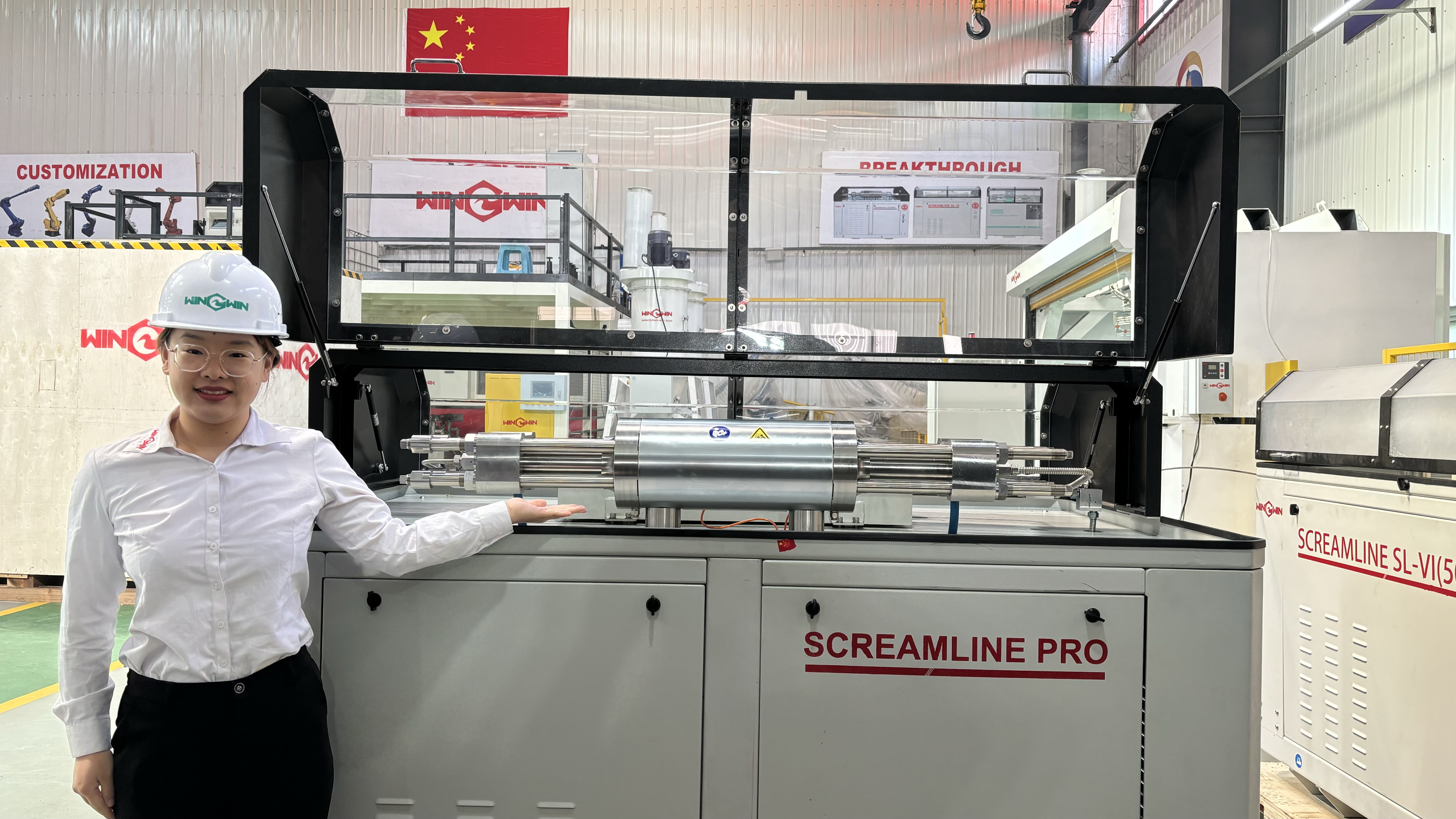Whether 90,000 psi ultra-high pressure waterjet can be used for oil pipeline cleaning?
Sure, ultra-high pressure waterjets can be an effective method for cleaning oil pipelines. Here are some key points about using 90,000 psi waterjets for this application:
Extremely high pressure waterjets in the 90,000 psi range are capable of efficiently removing built-up deposits, scale, and debris from the interior walls of oil pipelines. The high pressure allows the water jet to penetrate and dislodge stubborn materials.
This cleaning method is particularly useful for removing paraffin wax, asphaltenes, and other organic deposits that can accumulate in oil pipelines over time and restrict flow.
The narrow, high-velocity waterjet can reach deep into the pipeline and access hard-to-reach areas. This allows for thorough, uniform cleaning compared to other methods.
Waterjets operate at ambient temperature, so they avoid the risk of thermal damage to the pipeline that can occur with some other cleaning techniques.
The cleaning process is relatively quick and can be done without having to take the pipeline completely offline for an extended period.
Special safety precautions are required when working with 90,000 psi waterjets due to the extreme pressures involved. Proper training and equipment is essential.
Overall, 90,000 psi ultra-high pressure waterjets can be an effective and efficient solution for cleaning the interior of oil pipelines to restore flow and remove problematic buildup. The high pressures make it a capable cleaning technology for this application.

How does the cleaning performance of 90,000 psi waterjets compare to other pipeline cleaning methods?
The cleaning performance of 90,000 psi ultra-high pressure waterjets compares quite favorably to other common pipeline cleaning methods:
Mechanical Pigging:
Mechanical pigs can remove some deposits, but struggle with hard, tenacious buildup like paraffin and asphaltenes.
The cleaning action is limited to the physical contact of the pig with the pipe walls.
Multiple pig runs are often required to achieve satisfactory cleaning.
Chemical Cleaning:
Chemical treatments can dissolve and emulsify organic deposits like wax and asphaltenes.
However, the chemicals can be corrosive to the pipeline material over time.
Thorough rinsing is required after chemical cleaning.
Disposal of the chemical waste stream can also be an environmental concern.
Thermal Cleaning:
Methods like hot water or steam injections can melt and mobilize waxy deposits.
But the high temperatures involved carry the risk of damaging the pipeline structure.
Thermal cleaning is less effective on harder, carbonaceous deposits.
In comparison, 90,000 psi waterjets provide several advantages:
Overall, the extreme cutting power of 90,000 psi waterjets makes them one of the most effective pipeline cleaning methods available, especially for removing difficult organic buildup. The technology provides superior cleaning performance compared to other common techniques.
What are the typical operating costs and maintenance requirements for 90,000 psi waterjet pipeline cleaning systems?
The operating costs and maintenance requirements for 90,000 psi waterjet pipeline cleaning systems can vary somewhat depending on the specific equipment and application, but here are some general guidelines:
Operating Costs:
Electricity
Water Consumption - The cleaning process uses large volumes of water, which must be sourced, treated, and pumped through the system.
Consumable Parts - The waterjet components will need periodic replacement, adding to operating costs.
Labor - Skilled operators are required to safely and effectively run the waterjet cleaning equipment.
Maintenance Requirements:
Regular Inspections - The high-pressure components like pumps, valves, and nozzles must be carefully inspected for wear and damage on a routine basis.
Preventative Maintenance - Proactive replacement of wear parts like seals, filters, and nozzles is important to avoid unplanned downtime.
Calibration and Testing - The precise control systems and pressure monitoring equipment needs periodic calibration and testing.
Cleaning and Decontamination - Thorough cleaning of the waterjet equipment is required between pipeline cleaning jobs.
Maintenance costs can add 10-20% to the overall operating expenses, depending on factors like the size and complexity of the cleaning system.
 wwaterjet
wwaterjet